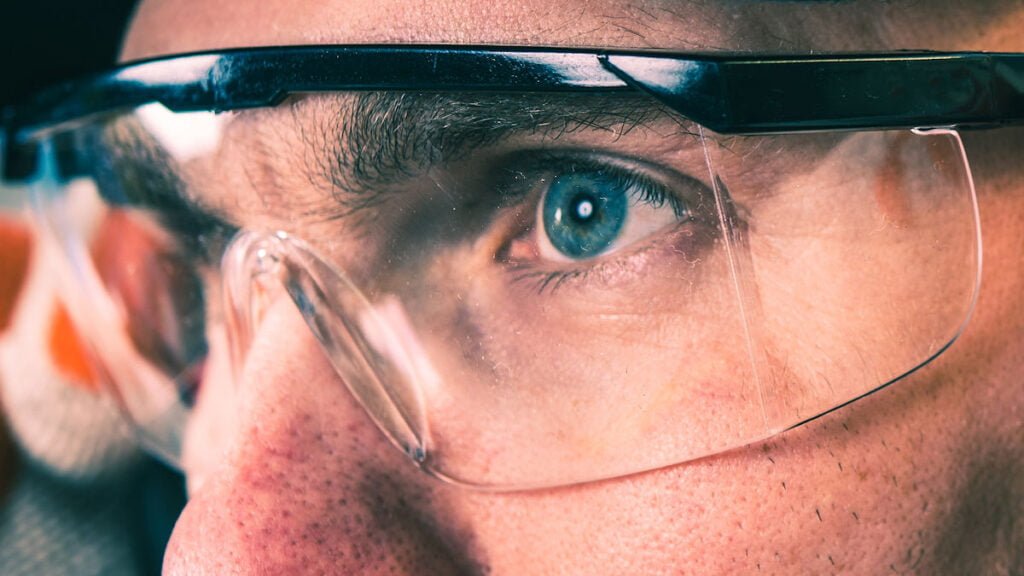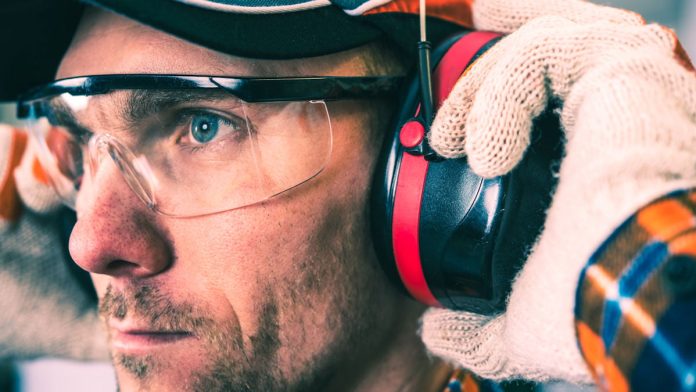Best Eye Protection For Electrical Work More Complex Than It Appears.
Best Eye Protection For Electrical Work – Eye protection is vitally important when working with power tools and metal and polycarbonate fittings, conduit or housings.
Eye protection for electrical work should be dielectric – it should have no metal parts – and must include side protection, a little more face coverage is better to protect areas around the eyes, as well as protecting eyes when the face is held at an oblique angle during precision work.
When choosing safety glasses, there are 3 common types of lenses – glass, plastic and polycarbonate. Glass lenses are harder to scratch, can be worn around harsh chemicals and can be made with a prescription. On the downside, they are heavier than plastic and more prone to fogging.
Conversely, plastic and polycarbonate lenses are lighter and less likely to fog but are less scratch-resistant. Poly materials have greater flexibility and resistance to shattering than glass. Regardless of the material used, make sure you look for safety glasses with hard coated lenses to give long life.
Depending on the nature of your work and the depth of your pocket, you may also want to buy to hydrophobic or superhydrophobic anti-fog glasses. These have a coating backed onto their surface that works by repelling water molecules.
Not only does this coating minimise fogging, it will also get rid of static build-up that attracts particles of dust that make tiny scratches on the surfaces of glasses over time even when cleaning the lenses. Anti-fog coatings are also resistant to chemicals like acetone, hydrochloric acid, isopropyl alcohol, turps and more.
Superhydrophobic coatings can be made from Manganese oxide polystyrene, Zinc oxide polystyrene, precipitated calcium carbonate, carbon nano-tube structures, silica nano-coating, fluorinated silanes and fluoropolymer coatings.
Silica-based coatings are cheapest and most easily applied either by dipping the object into the gel or via aerosol spray. In contrast, the oxide polystyrene composites are more durable than the gel-based coatings, but they are harder to apply and more expensive.
Best Eye Protection For Electrical Work
If you need to know more, the ANSI Z87.1 and OSHA 1910.133 regulations contain selection charts for shaded lenses for welding, cutting, and related applications. The CSA Z94.3 standard also lists shaded numbers and their maximum transmittance values for UV, IR, and visible light transmission.
There are also tinted lenses are available in many safety spectacle styles. Although these lenses absorb 100 percent of UV radiation, they are not shaded absorptive lenses. With the approval of a safety director, tinted lenses can be used both indoors for specialty purposes and outdoors as a safety spectacle.
An indoor-outdoor lens is designed to protect against both bright sunlight and harsh overhead lights. For example, it is helpful for workers who frequently move from a warehouse to an outside stocking area and vice versa.
Dark tinted lenses are available to protect against blue light and short-duration electric arcs. Tinted lenses should not affect colour perception. True colour grey (TCG) lenses are especially effective if a worker needs to see colours for electrical wiring applications, when encountering traffic signals, and so forth.
For more information about best eye protection for electrical work click here, for more SEN news, click here.
“Best Eye Protection For Electrical Work More Complex Than It Appears.”












